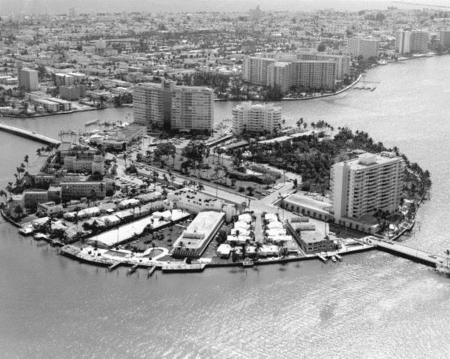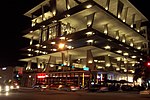The Latin Songwriters Hall of Fame (LSHOF) (Spanish: El Pabellón de la Fama de los Compositores Latinos) also known as La Musa Awards, was established on October 18, 2012, by Desmond Child and Rudy Pérez and is located in Miami, Florida, United States. The hall of fame is dedicated to "educating, honoring and celebrating the lives and music of the world’s greatest Latin songwriters and composers". The hall of fame was conceived by Child after he realized that he was only the third Latino to be inducted into the Songwriters Hall of Fame. Pérez came up with the same idea after having discussions with Latin composers Manuel Alejandro and Armando Manzanero 16 years prior to its conception. Initially, the organization had only 119 participants which grew to over 15,000 members in two years from 21 Spanish- and Portuguese-speaking countries across Latin America, Europe, and the United States. Nominations for the inductions are selected by its committee of music professionals, which consists of producers, composers, musicians and performers, with the winners being voted by the general public. The only exception was for the 2022 inductees. To be eligible for a nomination, the songwriter, composer, or lyricist is required to have their first published work released at least 20 years prior to the year of induction.The accolades are divided into three groups: inductees, posthumous inductees, and additional honorees. While inductees are selected by an online survey, the posthumous inductees and special honors are presented by the organization's committee. For the inaugural La Musa Awards, five inductees were selected from 24 nominees of performing and non-performing songwriter categories. The gala took place on April 23, 2013, at the New World Center in Miami Beach. The awards were not held in 2020 and 2021. After a two-year absence, the organization celebrated its tenth anniversary and inducted both of its founders into the Latin Songwriters Hall of Fame.Since its inception, songwriters originating from Argentina, Brazil, Colombia, Chile, Cuba, the Dominican Republic, Ecuador, El Salvador, Italy, Mexico, Panama, Peru, Puerto Rico, Spain, the United States, and Venezuela have been inducted.









